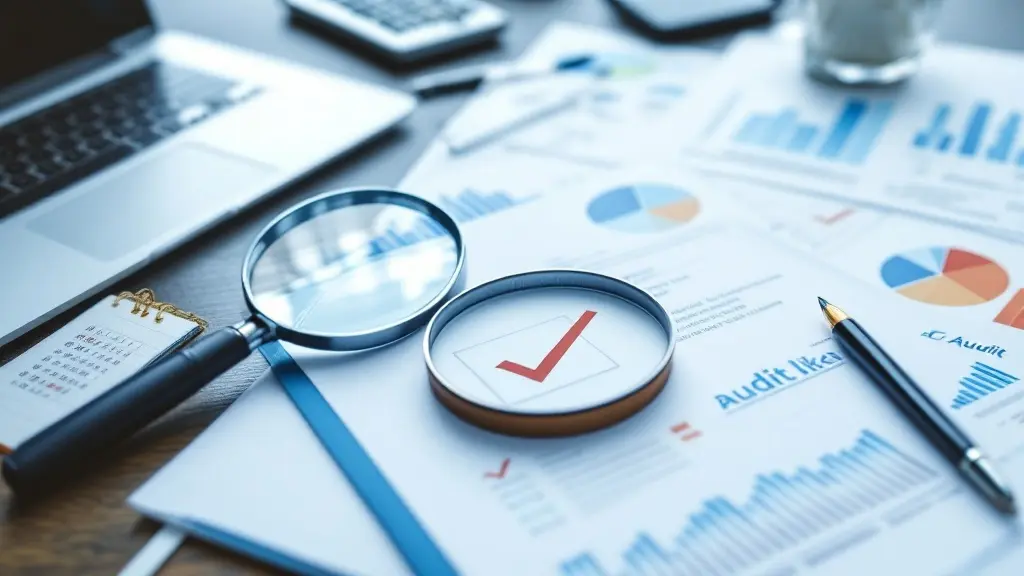Understanding Assets, Liabilities, and Equity: The Cornerstones of Financial Accounting
Table of Contents
Most Read
[fusion_dropcap class="fusion-content-tb-dropcap"]W[/fusion_dropcap]hen it comes to financial accounting, understanding the basic elements that form the foundation of financial statements is crucial. Among these fundamental components, assets, liabilities, and equity stand out as the key pillars. These three elements are the building blocks of a business’s balance sheet and play a significant role in determining the overall financial health of an organization.
In this article, we will dive deep into the concepts of assets, liabilities, and equity. We’ll explore their definitions, types, importance, and how they interact with each other in the accounting world. Whether you’re a business owner, an aspiring accountant, or just someone eager to grasp the fundamentals of finance, this post will offer a clear and comprehensive explanation.
What Are Assets?
In simple terms, assets are resources owned by a business that are expected to bring future economic benefits. Assets are vital to the daily operations of any business, whether it’s machinery for manufacturing or intellectual property like patents.
Types of Assets
- Current Assets: These are assets that can be converted into cash within a year. Common examples include cash, accounts receivable (money owed by customers), and inventory.
- Non-Current Assets (Long-Term Assets): These assets are not easily converted into cash within a year. They have a useful life extending beyond 12 months. Property, plant, equipment, and intangible assets like patents and trademarks fall into this category.
- Tangible Assets: These are physical assets that can be touched and seen. Examples include machinery, buildings, land, and inventory.
- Intangible Assets: These are non-physical assets, like goodwill, patents, and copyrights. While they don’t have a physical presence, they still hold value for the business.
Importance of Assets
Assets are crucial because they represent the resources available to the business that can be used to generate revenue and profits. Without assets, a business wouldn’t be able to operate efficiently or grow over time. The more valuable and efficiently managed your assets are, the more potential your business has for success.
What Are Liabilities?
Liabilities, in financial accounting, refer to the obligations or debts that a business owes to external parties. These can arise from borrowing money, purchasing goods or services on credit, or incurring any other form of debt.
Types of Liabilities
- Current Liabilities: These are obligations that the business needs to settle within a year. Examples include accounts payable (money owed to suppliers), short-term loans, and accrued expenses.
- Non-Current Liabilities (Long-Term Liabilities): These are debts or obligations that extend beyond one year. This includes long-term loans, bonds payable, and lease obligations.
- Contingent Liabilities: These are liabilities that may arise depending on the outcome of a future event, such as a lawsuit. They are not certain but need to be disclosed in financial statements if they are probable.
Importance of Liabilities
Liabilities are important for understanding a company’s financial obligations and its ability to meet them. A high amount of liabilities in comparison to assets might indicate financial instability or excessive borrowing, which could lead to potential risk. On the other hand, manageable liabilities with efficient cash flow management can enhance business operations and growth.
What Is Equity?
Equity represents the owner’s claim on the assets of the business after all liabilities have been deducted. Essentially, equity is what remains for the owners once debts are paid off. It’s often referred to as the “net worth” of a company.
Types of Equity
- Owner’s Equity: This is the amount of money that the business owners (or shareholders) have invested in the business. It also includes the retained earnings, which are profits that the business has reinvested rather than paid out as dividends.
- Shareholder’s Equity: For publicly traded companies, shareholder equity represents the value of the shares held by shareholders. It is calculated by subtracting total liabilities from total assets.
- Retained Earnings: This is the cumulative amount of profit that a company has retained (not paid out as dividends). Retained earnings are important because they represent the reinvested portion of profit that contributes to business expansion and growth.
Importance of Equity
Equity is important because it represents the financial health and sustainability of a business. A strong equity position indicates that the business is well-capitalized and can withstand financial challenges. For businesses seeking investments or loans, a solid equity base often acts as a key indicator of reliability and potential return on investment.
The Accounting Equation: Assets = Liabilities + Equity
One of the most fundamental concepts in accounting is the accounting equation, which states:
Assets = Liabilities + Equity
This equation is the foundation of the double-entry bookkeeping system. It shows that a business’s assets are financed by either borrowing money (liabilities) or through the investment of owners or shareholders (equity). It also helps ensure that the balance sheet remains balanced, with the total value of assets always equal to the combined value of liabilities and equity.
Let’s break down this equation in more detail:
- Assets are what a company owns and can use to generate revenue.
- Liabilities are what the company owes to external parties.
- Equity is what the owners or shareholders claim after liabilities have been subtracted from assets.
How Assets, Liabilities, and Equity Interact
While assets, liabilities, and equity each serve unique purposes, they are also highly interrelated. Let’s look at how these elements work together:
- Financing a Business: When a business acquires assets, it typically finances them by either taking on liabilities (debt) or by raising equity (investment). For example, if a company buys a new office building, it may take out a mortgage (liability) or use its own funds (equity).
- Profitability and Equity Growth: If a business generates profits, it increases its equity, often through retained earnings. These profits are considered part of the company’s assets but are also linked to the overall equity of the business.
- Liquidity and Solvency: The balance between liabilities and assets determines the company’s liquidity (ability to meet short-term obligations) and solvency (ability to meet long-term obligations). If liabilities exceed assets, a company may struggle to pay its debts, negatively impacting its equity and overall financial health.
Financial Ratios and Metrics Involving Assets, Liabilities, and Equity
Several key financial ratios can help businesses and investors understand the relationship between assets, liabilities, and equity. Some important ones include:
- Debt-to-Equity Ratio: This ratio compares a company’s total liabilities to its shareholder equity. It shows how much of the business is financed by debt versus equity. A higher ratio indicates higher financial risk. Debt−to−EquityRatio=TotalLiabilitiesShareholderEquityDebt-to-Equity Ratio = \frac{{Total Liabilities}}{{Shareholder Equity}}
- Return on Assets (ROA): ROA measures how efficiently a company uses its assets to generate profit. A higher ROA indicates better asset utilization. ROA=NetIncomeTotalAssetsROA = \frac{{Net Income}}{{Total Assets}}
- Equity Ratio: This ratio compares a company’s equity to its total assets, reflecting the proportion of assets that are financed by owners’ equity. EquityRatio=Owner’sEquityTotalAssetsEquity Ratio = \frac{{Owner’s Equity}}{{Total Assets}}
Conclusion
Assets, liabilities, and equity are fundamental concepts in financial accounting. They are the essential components that make up a business’s balance sheet and provide valuable insights into its financial health. By understanding these elements and how they interact, you can better assess a company’s performance, financial position, and potential for growth.
Whether you’re managing a small business or analyzing a large corporation, a solid grasp of assets, liabilities, and equity is essential for making informed financial decisions. Keep these elements in mind as you explore financial statements and dive deeper into the world of accounting.









